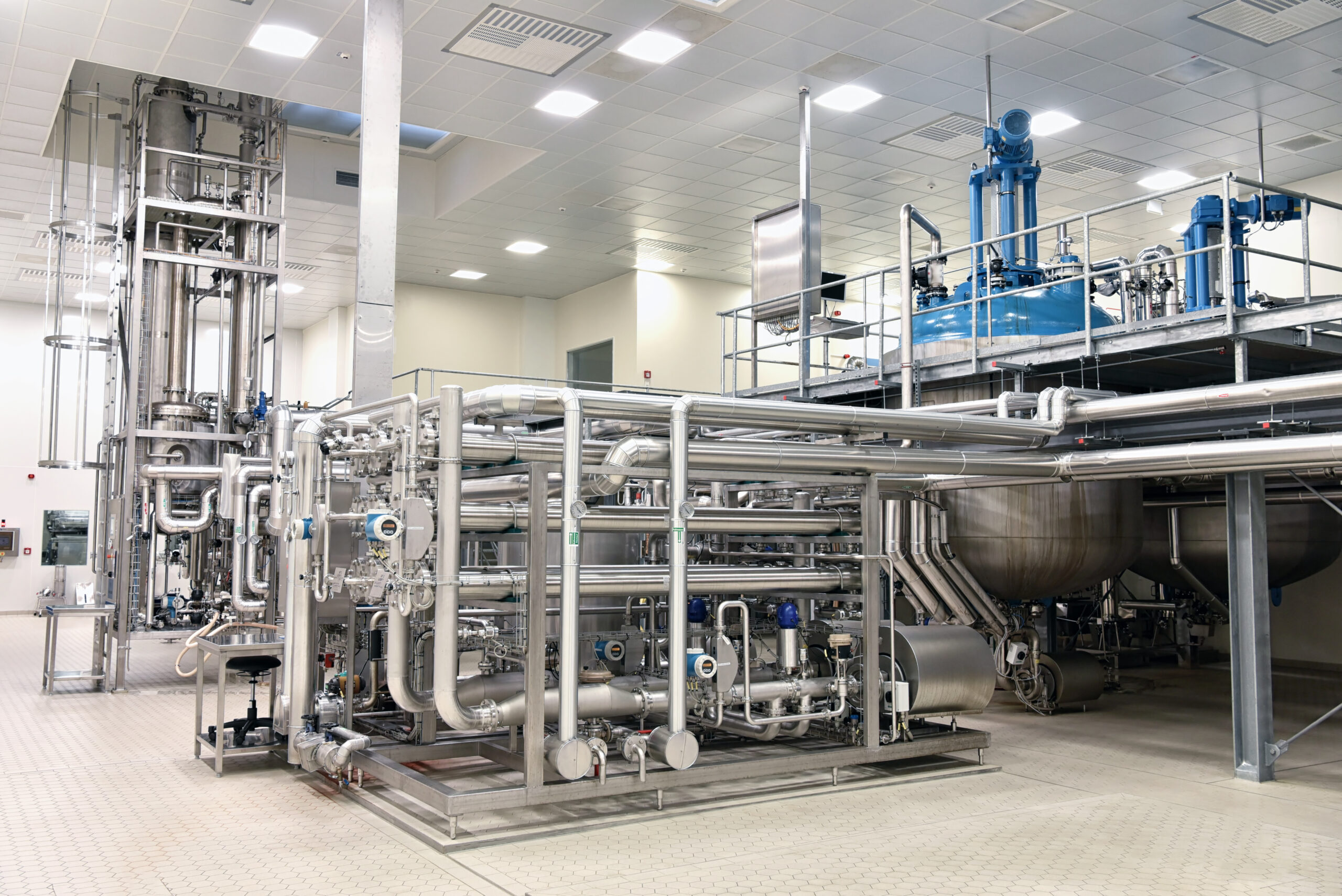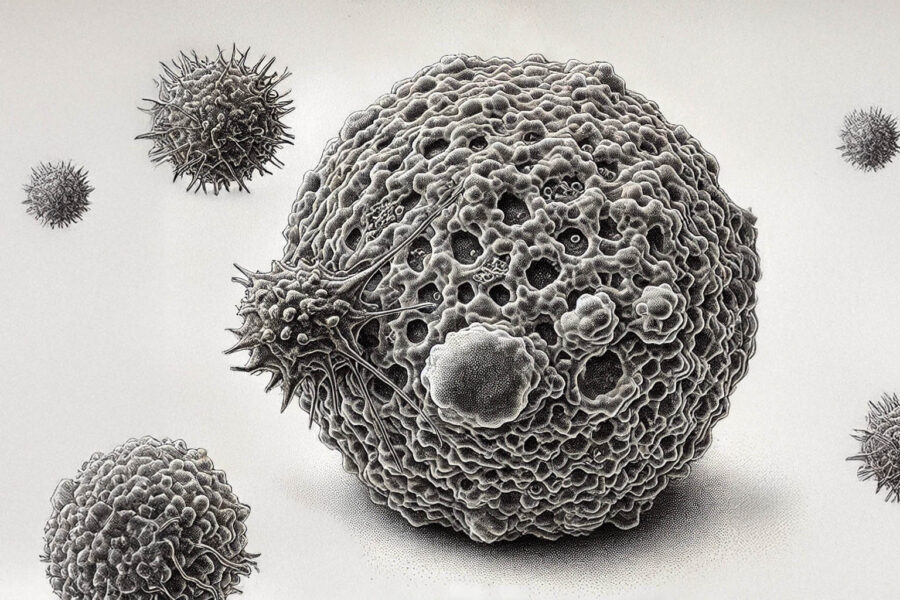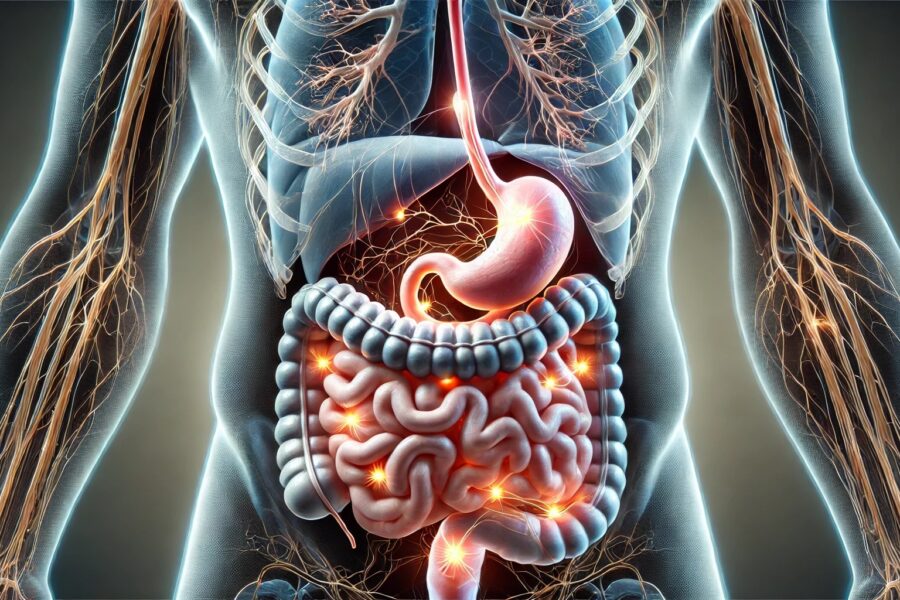Pharmaceutical technology transfer is a complex process that involves moving a product or process from one site to another, typically from a development or manufacturing site to a contract development and manufacturing organization (CDMO). The success of the technology transfer process can have a significant impact on a company’s ability to produce high-quality pharmaceutical products efficiently and cost-effectively. Let’s explore the best practices for pharmaceutical technology transfer at CDMOs, drawing on the latest research in the field.
Start with a well-defined plan
The key to a successful technology transfer is a well-defined plan that outlines all of the critical steps and processes involved in the transfer. This plan should include a detailed description of the product or process to be transferred, the responsibilities of each party involved in the transfer, and the timelines and milestones for the transfer. It is also essential to ensure that the plan is flexible enough to accommodate any unforeseen issues that may arise during the transfer process.
Ensure effective communication
Effective communication is critical, particularly between the sending and receiving teams. Clear lines of communication should be established early on to ensure that all parties are on the same page. This includes regular meetings and progress reports, as well as the use of collaborative tools such as video conferencing and shared project management software.
Conduct thorough risk assessments
Before the technology transfer begins, a comprehensive risk assessment should be conducted to identify any potential risks or challenges that may arise during the process. This should include an assessment of the technical, operational, regulatory, and financial risks associated with the transfer. By identifying and addressing these risks early on, the transfer process can be streamlined and made more efficient.
Invest in technology and infrastructure
The success of a technology transfer also depends on the quality of the technology and infrastructure available at the receiving site. CDMOs should invest in the latest technologies and infrastructure to ensure that the transfer process is as seamless as possible. This includes investments in equipment, software, and other tools that will enable the receiving site to produce high-quality pharmaceutical products efficiently and cost-effectively.
Ensure compliance with regulatory requirements
Finally, it is essential to ensure that the process complies with all relevant regulatory requirements. This includes compliance with Good Manufacturing Practices (GMP), Good Laboratory Practices (GLP), and other regulatory guidelines. Compliance with these regulations not only ensures the quality and safety of the pharmaceutical product but also helps to minimize the risk of regulatory issues or delays during the transfer process.
In conclusion, pharmaceutical technology transfer is a complex process that requires careful planning, effective communication, risk assessment, investment in technology and infrastructure, and compliance with regulatory requirements. By following these best practices, CDMOs can ensure that the technology transfer process is successful, resulting in high-quality pharmaceutical products that are produced efficiently and cost-effectively.
References
WHO guidelines on transfer of technology in pharmaceutical manufacturing, 2011. (who.int)
ISPE Good Practice Guide: Technology Transfer (Third Edition), 2018. Good Practice Guide: Technology Transfer (Third Edition) (ispe.org)





